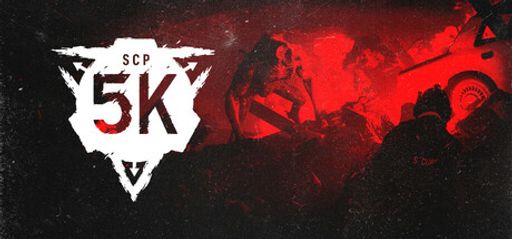I recently spent many adrenaline-filled hours with SCP: 5K, a tactical horror FPS that challenges our perceptions of fear. Developed by Affray Interactive and launched in early access on February 22, 2022, this game offers both co-op and singleplayer modes. As a speedrunner, I appreciate its fast-paced moments and sneaky tricks. However, a closer look reveals that while this title brims with potential, it falls short of fully immersing players in its nightmarish world.
Overall Impressions
My first impression of SCP: 5K was its intriguing premise. The plot spins a narrative of betrayal where the SCP Foundation has turned against humanity. This twist instantly caught my attention and kept me on edge. The game stands out in the tactical horror genre with its promise of combining cooperative strategies and solo puzzle solving. Yet, despite its many ambitions, SCP: 5K occasionally feels like it struggles to balance its focus. The maps, while atmospherically designed, sometimes suffer from a sense of emptiness. I have found that the game occasionally turns into a walking simulator that lacks consistent tension, especially once you pass the moments of high danger.

Comparable to titles like GTFO and Ready or Not, SCP: 5K shares both commendable and challenging elements. Its intense chase sequences, such as the memorable SCP statue mission, offer genuine heart-pounding moments. Still, other parts of the game seem to rely on identical enemy spawns and simply force you to move from point A to B. For a game that seeks to keep its players on their toes, these inconsistent design choices can be distracting.
Gameplay Mechanics
From a gameplay standpoint, SCP: 5K shines in moments that require careful planning and split-second decision-making. I appreciate the option to play with a friend in co-op mode. The ability to choose your own load-out and customize attachments like lasers and scopes creates a satisfying tactical depth. This level of customization enhances immersion and allows players to optimize their runs. However, during my speedruns, I noticed that the repetition of enemy designs detracts from the lasting challenge. In zones where danger is expected, you instead face communities of identical foes. This, along with occasional bugs, makes the experience feel uneven.
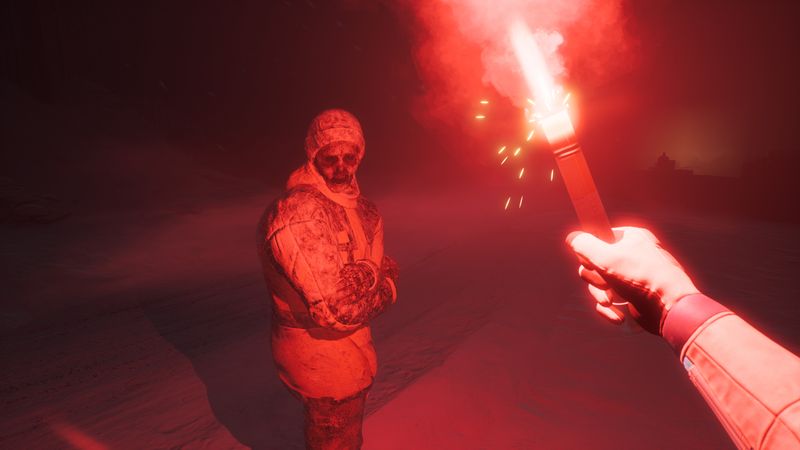
User feedback points out that the level design sometimes presents non-intuitive objectives. For instance, finding where to place a weapon in a tower felt vague and led to trial-and-error navigation. I found that this problem requires a disciplined approach. As a speedrunner, I appreciate clarity in objectives and minimal distractions. Future tweaks, such as clear markers or explicit instructions, could significantly improve the pace and flow.
Story and Characters
The narrative of SCP: 5K is a blend of conspiracies and existential dread. The story places you in a world where trusted institutions have turned against you. This dynamic creates moments of tension as you question every decision. However, while the setting is immersive, the character development leaves much to be desired. The game casts you as a soldier thrown into the chaos of a corrupt SCP Foundation rather than offering profound, character-driven arcs. Despite this, the underlying lore of SCP creates an eerie backdrop that heightens the sensory experience.
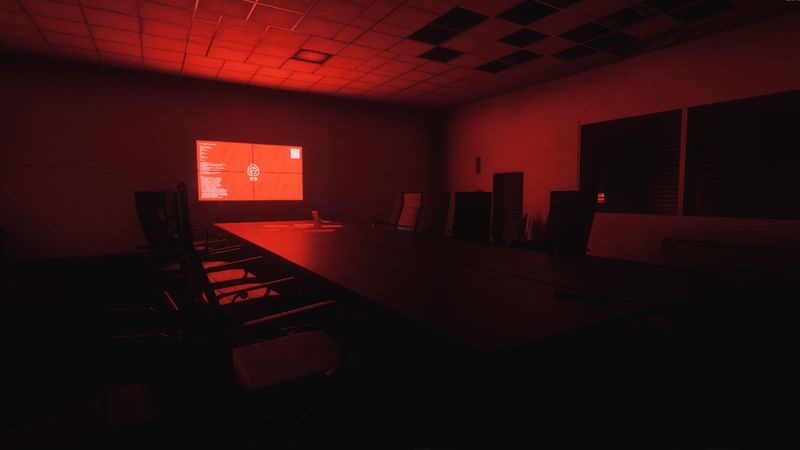
The world-building excels during scripted sequences such as the SCP statue chase, where you genuinely feel the looming threat. I admire how the game flees away from generic military shooter tropes and leans into the mysterious SCP narrative. The narrative could benefit from deeper interactions with supporting characters or more elaborate story missions that explain the corruption of the SCP Foundation. Still, the feeling of stepping into a corrupted world is one of SCP: 5K’s strongest assets.
Visuals and Graphics
SCP: 5K establishes its tone through a striking artistic style. The detailed maps build a vivid atmosphere. I was impressed by the level design in the Ghosts of the South Gate update. Every room is crafted with a balance of beauty and horror. The art direction leaves lasting impressions with its gothic and industrial elements, which work well in creating unsettling environments. However, a sense of emptiness often undermines the visual narrative. Instead of fully immersive corridors filled with clues and lurking dangers, some areas feel barren, catering only to set-piece encounters.
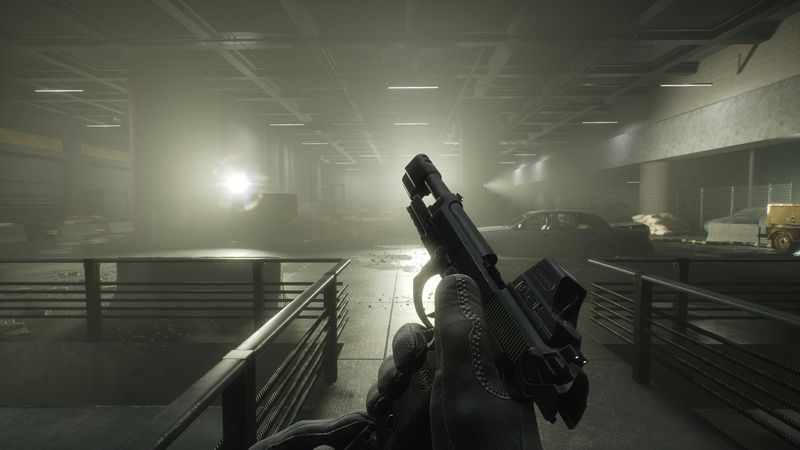
The graphics, though occasionally hampered by bugs, contribute significantly to the game’s overall tone. These visuals remind me of other genre favorites, yet the potential here is vast if the developers can refine map density and enemy variety. As a speedrunner, I enjoyed the clarity in the visual design which allowed me to plan and strategize effectively during critical moments.
Sound and Music
Sound design in SCP: 5K is another strong suit. The eerie soundtracks and ambient noises maintain a constant undercurrent of tension. In pivotal moments, like when the SCP statue chases you, the sound design perfectly elevates the intensity. The soundtrack complements the visuals and builds suspense, though I noticed that it occasionally fades during quieter exploration segments. I believe that a more dynamic adaptive score could elevate the overall sustainment of attention.
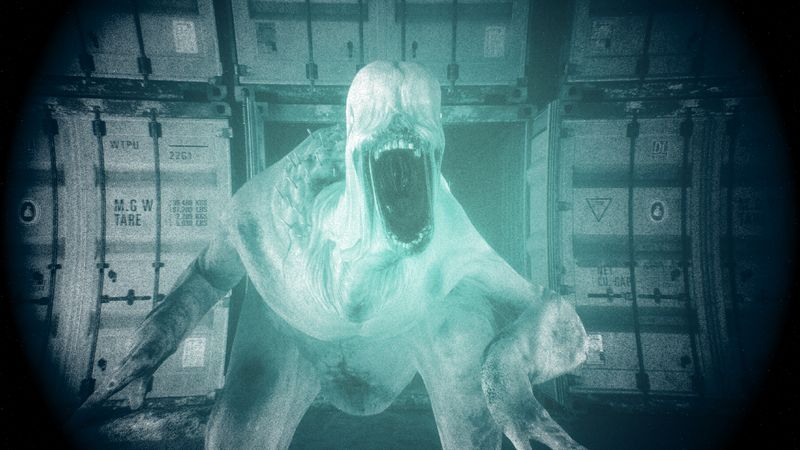
Voice acting is serviceable but rather understated. It rarely grabs attention, which is understandable, given that the focus remains on gameplay mechanics and environmental storytelling. The audio effects, such as enemy growls and reverberating footsteps, are effective in intensifying the atmosphere. From a speedrunning perspective, the sound cues are often essential in alerting you to changes in enemy behavior, further refining my splits and strategies.
Difficulty and Replayability
SCP: 5K knows how to challenge players. The game offers moments that require precise timing and quick decision-making. The difficulty feels balanced during intense encounters, but sometimes the routine enemy spawns dilute overall challenge. There is a fine line between rewarding gameplay and simple repetitiveness. I have experienced both extremes during my runs.
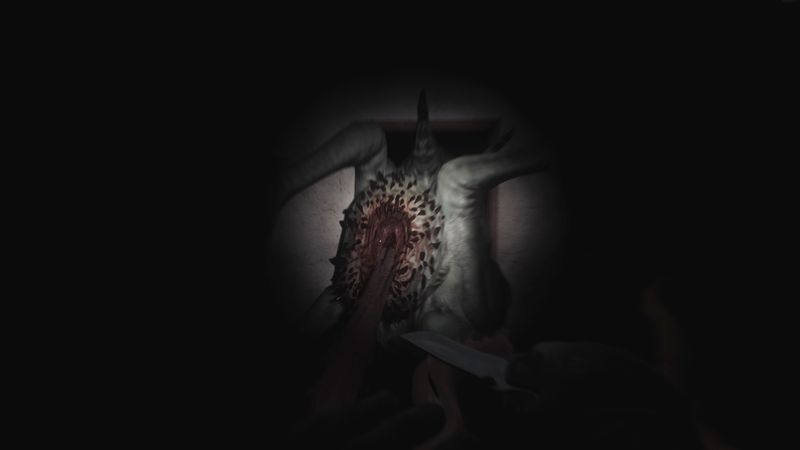
The inclusion of both co-op and singleplayer modes provides a replay value that can attract different playstyles. However, the lack of a dedicated solo mode means that many puzzles and objectives can leave players grappling with unclear guidance. One tip: always try launching the game on DX11 if you experience softlocks or crashes. This small adjustment can be crucial for those aiming to refine their speedruns.
Overall, SCP: 5K has immense potential. It offers an intricate mix of strategy, horror, and tactical combat that can captivate speedrunners who strive for perfection in every millisecond. Yet, the game still needs to address its pacing issues and occasional lack of environmental richness. The developer’s commitment to early access updates and community feedback gives me hope that these gaps will eventually be bridged.
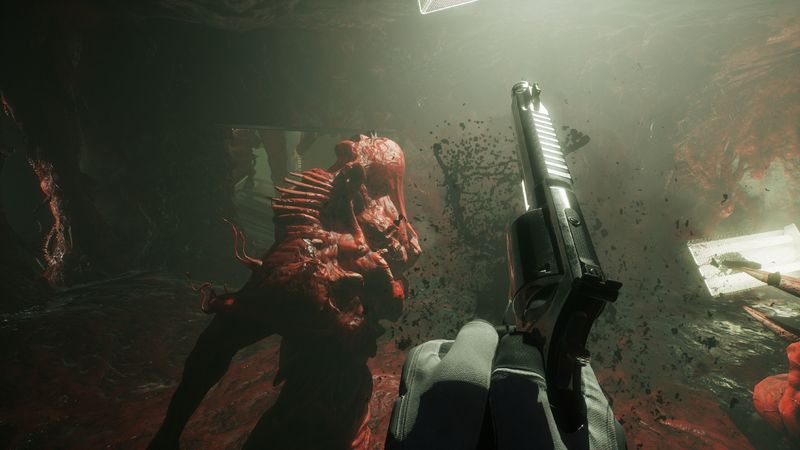
Final Rating
After weighing the highs of intense chase moments and strategic load-out choices against the lows of vague objectives and underpopulated maps, I rate SCP: 5K 3.5 out of 5 stars. Its core mechanics and atmosphere are promising, but it requires refinement to truly stand alongside its genre peers. I look forward to future updates that expand on the SCP lore, improve map density, and further polish gameplay mechanics.
In summary, SCP: 5K is an intriguing project that boldly ventures into tactical horror with a speedrunner’s twist. It rewards the careful planner and the quick decision-maker alike, yet it must overcome several design hurdles to fully immerse its audience. As someone deeply invested in the optimization of game runs, I recommend keeping this title on your radar and watching for updates that might tip it toward greatness.

